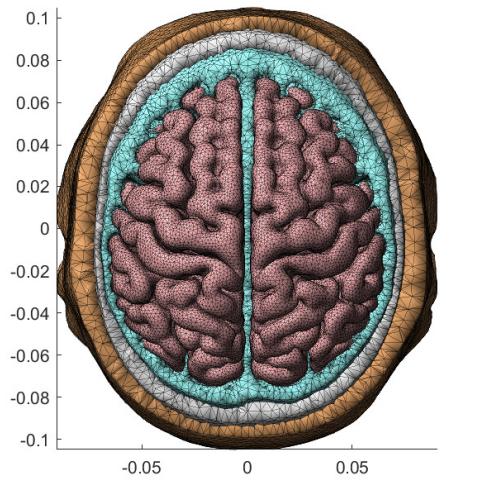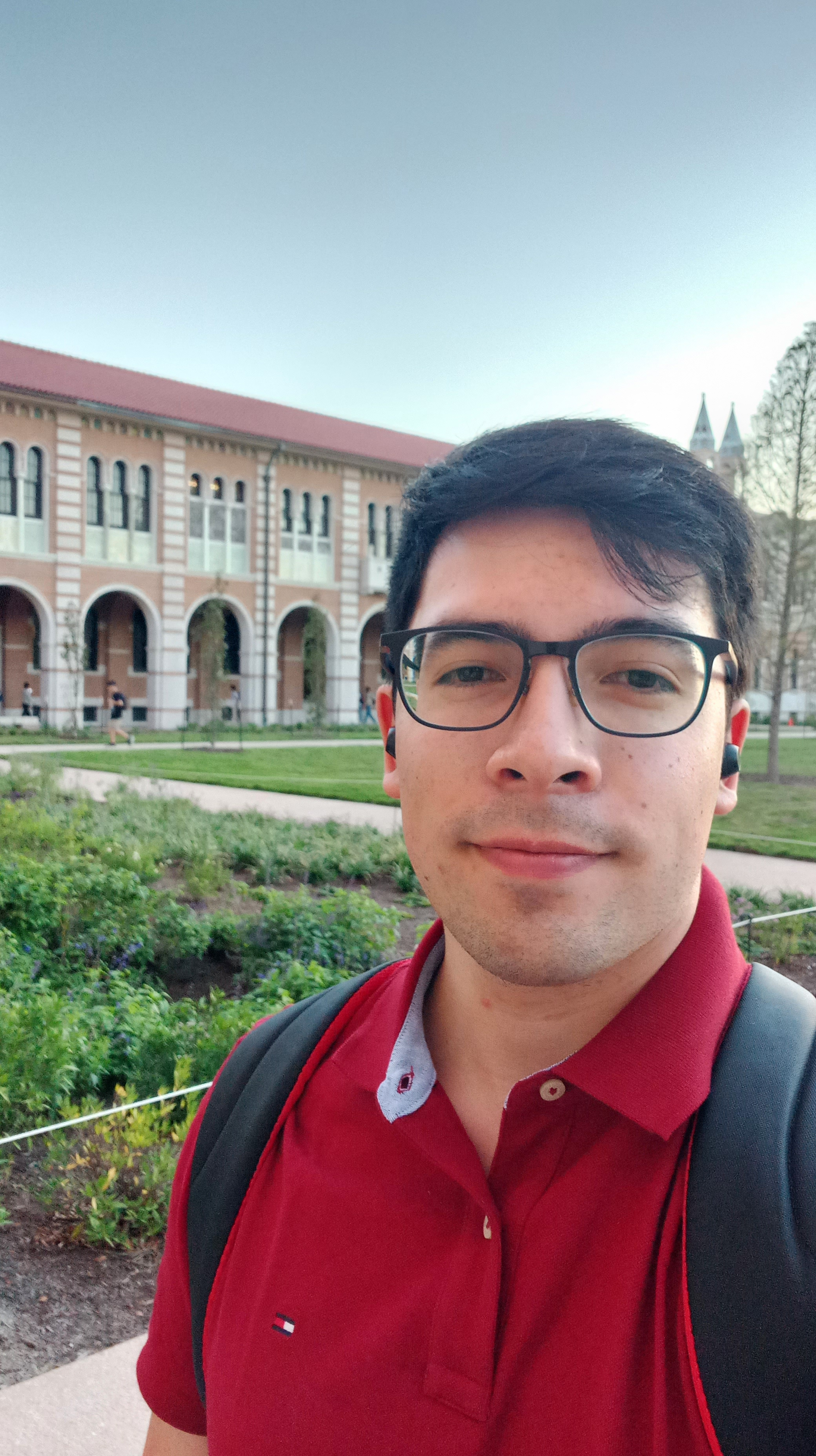Sitemap
A list of all the posts and pages found on the site. For you robots out there, there is an XML version available for digesting as well.
Pages
Posts
Future Blog Post
Published:
This post will show up by default. To disable scheduling of future posts, edit config.yml and set future: false.
Blog Post number 1
Published:
sorete This is a sample blog post. Lorem ipsum I can’t remember the rest of lorem ipsum and don’t have an internet connection right now. Testing testing testing this blog post. Blog posts are cool.
portfolio
Optimal Transcranial Electrical Stimulation for Tumor Treating
I worked on this project during 2023 while conducting research for my undergraduate thesis. In this work I studied the transcranial electrical stimulation inverse problem, and then developed and applied several of those methods to improve a brain tumor treating technique that uses Electric fields to treat glioblastomas multiformes. Then, I estimated the improvement by defining the probability of death of the cancerous brain cells based in a couple of papers. 
Portfolio item number 2
Short description of portfolio item number 2 
publications
Phase Amplitude Coupling workflow for mapping EEG signals to standard brain networks.
Published in 2023 IEEE XX Workshop on Information Processing and Control (RPIC), 2024
In this paper a EEG-based workflow is proposed to map phase-amplitude coupling to standard brain networks using confirmatory factor analysis, validated with synthetic data on realistic head models.
Recommended citation: M. Fernández-Corazza et al. "Phase Amplitude Coupling Workflow for Mapping EEG Signals to Standard Brain Networks." 2023 IEEE XX Workshop on Information Processing and Control (RPIC)., Oberá, Argentina, 2023: 1-6.
Download Paper
Optimización de estimulación eléctrica transcraneal para el tratamiento de glioblastomas
Published in SEDICI - UNLP, 2024
Abstract: Transcranial electrical stimulation (tES) is a field that investigates the effects of applying low-intensity electrical currents to the human brain using electrodes placed on the scalp. Tumor Treating Fields (TTFields) is one application of tES, that consists of applying alternating electric fields (∼300KHz) to a tumoral region to arrest its growth. The physiological principle is that tumoral cells are killed during mitosis if the fields are aligned with the cell subdivision direction. The conventional protocol involves switching between two ad-hoc and intuitive anterior-posterior and left-right stimulation patterns. The problem is that these patterns do not consider the tumor location, nor the geometrical and electrical properties of the different tissues of the brain that affect the electric field. There are techniques to mitigate these problems and get the best possible electric field within the tumor. This is known as optimization. However, this technique has not been studied or applied to TTFields. The hypothesis of this work is to enhance TTFields technique by applying optimization methods. The first objective of this work focuses on optimizing the current injection patterns to stimulate the tumoral region, maximizing the average electric field intensity or the average electric field directionality inside the tumor along predefined electric field orientations. Optimization methods such as reciprocity theorem, linearly constrained minimum variance filter, and convex optimization software are used to optimize the current injection using two electrode arrays: the conventional 36-electrode TTFields array called Optune, and the 64-electrode 10-20 electroencephalography array. A realistic head model, including brain tissues and a tumor, is used to solve the forward problem of tES using the finite element method. Performance is evaluated based on the directionality and intensity metrics of the electric field within the tumor. The results show improved performance in terms of directionality and intensity for the optimized patterns compared to the conventional protocol. The proposed optimization approach has the potential to enhance efficiency of TTFields. A second objective of this work is to estimate the efficacy enhancement after the intensity and directionality obtained by the previous applied methods. A statistical model is proposed to describe the division duration of the mitosis phases that are affected by TTFields. This model is then used to validate and calculate the probability of cancer cell death. For this, the empirical data is taken from the available bibliography, and then the parameters of a proposed density probability function are estimated to fit the data. The statistical model is fully defined using the available experimental data from dish-based (two-dimensional) in-vitro experiments, stimulating in one and two ortogonal directions. Then, to analyze a more realistic case, this model is extrapolated to the three-dimensional case. tES along two and three directions were simulated, enhancing the probability of cell death. The results of both objectives validate the hypothesis through the use of computational simulations and the assumptions of the models.
Recommended citation: Dante C. Andrinolo O. "Optimización de estimulación eléctrica transcraneal para el tratamiento de glioblastomas." Universidad Nacional de La Plata Tesis de grado. UNLP 2024
Download Paper
Optimized Transcranial Brain Stimulation for Tumor Treating Fields
Published in Advances in Bioengineering and Clinical Engineering, 2024
This paper is about optimizing a technique called “TTFields”, used as an alternative treatment for brain tumors by applying an electric field in the tumoral region.
Recommended citation: Dante C. Andrinolo O., M. Fernández-Corazza, and C. Muravchik. "Optimized Transcranial Brain Stimulation for Tumor Treating Fields." Advances in Bioengineering and Clinical Engineering. SABI 2023. IFMBE Proceedings, vol 114., 2024
Download Paper | Download Slides
Reflectometry with Galileo Signals: Ocean and Amazon Basin events from CYGNSS
Published in 2024 IEEE Biennial Congress of Argentina (ARGENCON), 2024
In this work I built a Galileo-R dataset using a well known GPS-R database called CYGNSS.
Recommended citation: Dante C. Andrinolo O, Santiago Ozafrain. "Reflectometry with Galileo Signals: Ocean and Amazon Basin Events from CYGNSS." 2024 IEEE Biennial Congress of Argentina (ARGENCON). , San Nicolás de los Arroyos, Argentina, 2024, pp. 1-7.
Download Paper
talks
Talk 1 on Relevant Topic in Your Field
Published:
This is a description of your talk, which is a markdown file that can be all markdown-ified like any other post. Yay markdown!
Conference Proceeding talk 3 on Relevant Topic in Your Field
Published:
This is a description of your conference proceedings talk, note the different field in type. You can put anything in this field.
teaching
E1214-Fundamentals of Communications
Undergraduate course, Universidad Nacional de La Plata, Departmento de Electrotecnia, 2023
I’ve been TA in “fundamentos de las comunicaciones” at UNLP since 2022.
